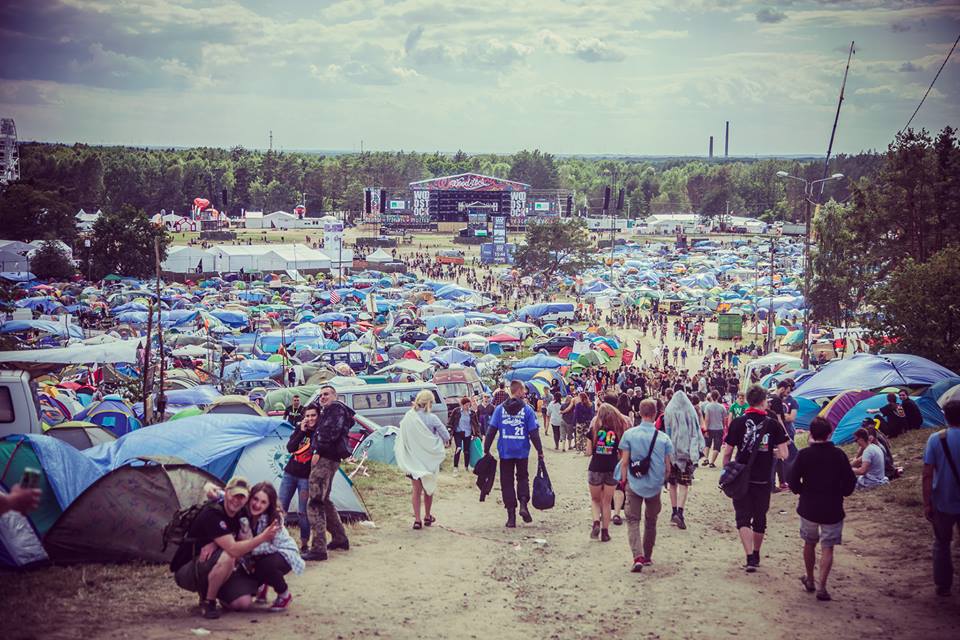Part I
By the time we got to Woodstock
We were half a milion strong
And everywhere was song And celebration*
While Nail Armstrong was busy landing on the moon, officials in Bethel were deciding the fate of a festival, which a few years later would be regonized by the Rolling Stone magazine as one of the fifty events that changed the history of rock and roll. The town of Woodstock in New York state, was already a meeting place for contemporary gods such as Dylan or Hendrix. Hence the thought was born to build there a recording studio where artists had everything in one place. The idea was a result of Michael Lang and John Robert meeting with two young entrepreneurs Joel Rosenman and Artie Kornfeld who were seeking interesting investment ideas. The festival was supposed to be just a small event to celebrate the establishment of the studio. Opening the doors of the town with just five thousand inhabitants to a couple thousand of hipsters, didn’t quite appeal to the public. However, Max Yasgur, milkman from Bethel, was keen on the idea and for a fee has willingly given the permission. Two days before festival there had been already fifty thousand people and all in all half a million showed up. So be the case, the countryside turned into the second largest city in the state of New York. Around the corner the apocalypse was awaiting when Woodstock gathered the voice of the generation. As it is commonly said, Sixties were crazy. On one side there is the sexual revolution, youth protests, Martin Luther King, Black Panters, Apollo 11 mission. On the other, we had war in Vietnam where people were sent to death without any justification and African Americans were still fighting for civil rights, despite the fact that the forced labour on the cotton fields was long gone and slavery was abolished a good hundred years ago. Just before the end of the next decade, somewhere in the middle, emerges the symbol of these events: Woodstock 69’. Music has always fought for good causes. Here barriers have never existed. Like no other field of art, it bonded white man with black man. Pastor King was unexpectedly forced to cease fighting for the rights of African Americans (a reference to his murder in 1968). So still, only on the stage whites mingled with black without breaking the law. During these three days of peace and love, people have already started to realize that this gathering is one of the most important socio-cultural events in the US history, which was then experiencing unique time. That’s why Jimi Hendrix played the national anthem to honour the changes taking place in the country, as one symbolized by Woodstock.
Part II
Let’s DIY a festival But how, they ask… History repeats itself, and it all started in 1994. In the XX century Woodstock was organized again, to celebrate its fifteenth birthday. Many Poles participated, including our Juruś. Together with Jack Wronski, Yach Paszkiewicz and two operators, Stephen Witek and Adam Sokolowski they travelled to the other end of the world to watch the event from the inside. Because as the saying goes, where there is a will there is a way, Jurek sold his car to pay for airline tickets, then got visas and accreditations. All in the name of ideas. And then it started. First Czymanowo, then Szczecin, nearly Lebork, Zary and Kostrzyn. Twenty-one years of constant fight and struggle. All this so that every year we can celebrate three days of love, music and peace for free. Melanie Safka in an interview with Martin Sitko and Paul Urbaniec said that now there is no chance for a festival like Woodstock ‘69 because these days it’s only a sold product that counts. Melanie is right, but there is always an exception to the rule. Thank you Jurek that you decided not to affirm the rule and stood behind your utopia despite the problems that you face every year. You give us three days when we manifest our otherness and “live the life for which we fight in silence”. I don’t know if we resemble generation of Woodstock 1969. The times of free love, drugs and rock and roll are long gone. There is nobody to organize strikes, we have pervasive democracy. Less and less often we as young people manifest our views. Is there still anything to fight for? The era of the real hippies is gone, we are hippies of the era of Internet and gadgets where commands are made with a touch of a fingertip. Being serious for a short moment I have to objectively note that one thing seems to be constant, music has always been the background to merge something rather than to divide. In 1969 music was a background for a fight against aggression pacts, pervasive violence and racial discrimination. Hoever, today if it is a fight, it is a less visible one. Let me conclude with a quote of Jurek’s Owsiak and Jan’s Skardzinski book “The history of the most beautiful festival of the world”. Jurek when asked what is a contemporary festival and if it is above all just fun, he replied: fun does not rule out the idea. Let’s finish with that point.
